Get 10% for every 6+ bottles ordered online with code borovitza10! (The promotion cannot be applied with other promotions and packages)
Wine Month Special: 15% off on your favorite wines – here!
Grapes are like children: they require care from birth to bottle. And so, every year. And the next.
You may have thought that growing grapes and making wine is not such a difficult process, since almost every Bulgarian house has one or two barrels. And maybe you are one of the few who know that good wine is mainly made in the vineyard.
It takes a lot of work and patience, and there are many subtleties throughout the year that affect the style, quality and character of the wine. However, one of the most important factors remains the climate: will it be warm, will it rain, how much and when? But what are the most important processes that a winemaker goes through from the beginning of the year?
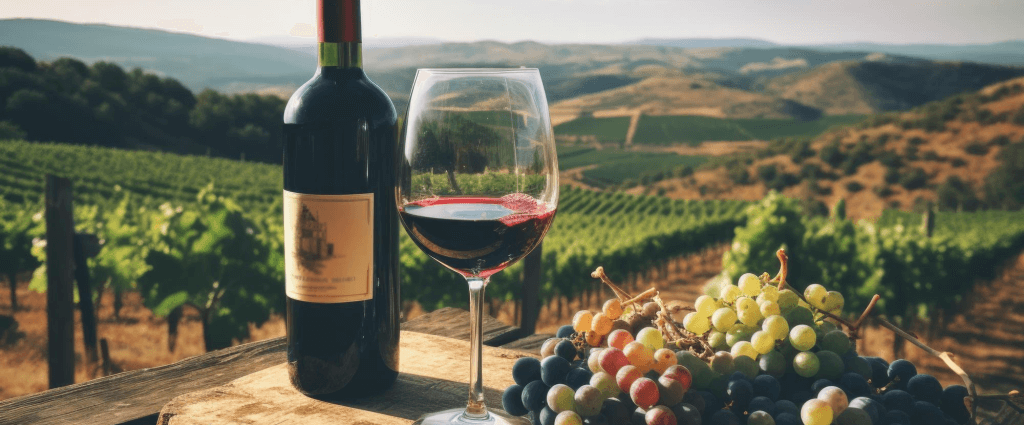
In January, the vines are ‘half asleep’, they have no leaves, and the green saplings that grew over the summer are shriveled. Traditionally, pruning can begin as early as the end of the first month of the year, but in Bulgaria this is usually done in February, on Trifon Zarezan. This process is difficult but necessary because it determines the number of buds, which in turn are responsible for the quality and quantity of the autumn harvest. In February, in addition to the pruning already mentioned, the soil is ploughed to saturate it with oxygen and prepare it for the deeper penetration of rain for irrigation. March is devoted to planting young vines, if necessary, and at the end of the month the new shoots come out. In April, the first grass begins to appear in the vineyard, and it starts to green up. At this point we pray that there will be no devastating frosts. In most cases, this is the period when natural winegrowers start spraying preventively with bio-preparations against pests and diseases. In May, spring creates even more work in the vineyard. To prevent damage from unexpected frosts or hailstorms, agronomists try to protect the vines – some even by spraying with helicopters or lighting fires. During the summer months of June and July, the vines begin to grow, have green leaves and the first blooms appear for the future grapes. During this period the vines are very sensitive to any changes in climate. Just before the grapes change colour (veraison in French, or the beginning of the ripening period), the so-called ‘green harvesting’ is carried out, which aims to remove some of the greener bunches and concentrate the rest.
August is a key month because this is when the actual ripening of the grapes takes place. Foliage may need to be removed or some final vineyard treatments undertaken. In some years, harvesting of early ripening white varieties or sparkling wine grapes begins as early as August.
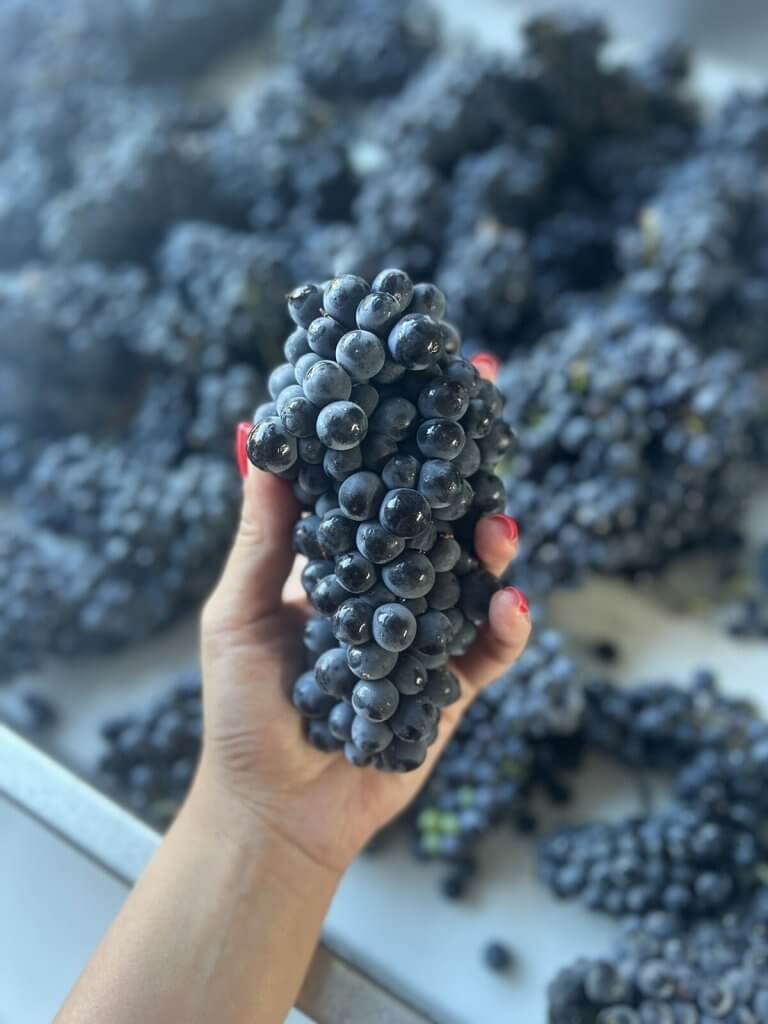
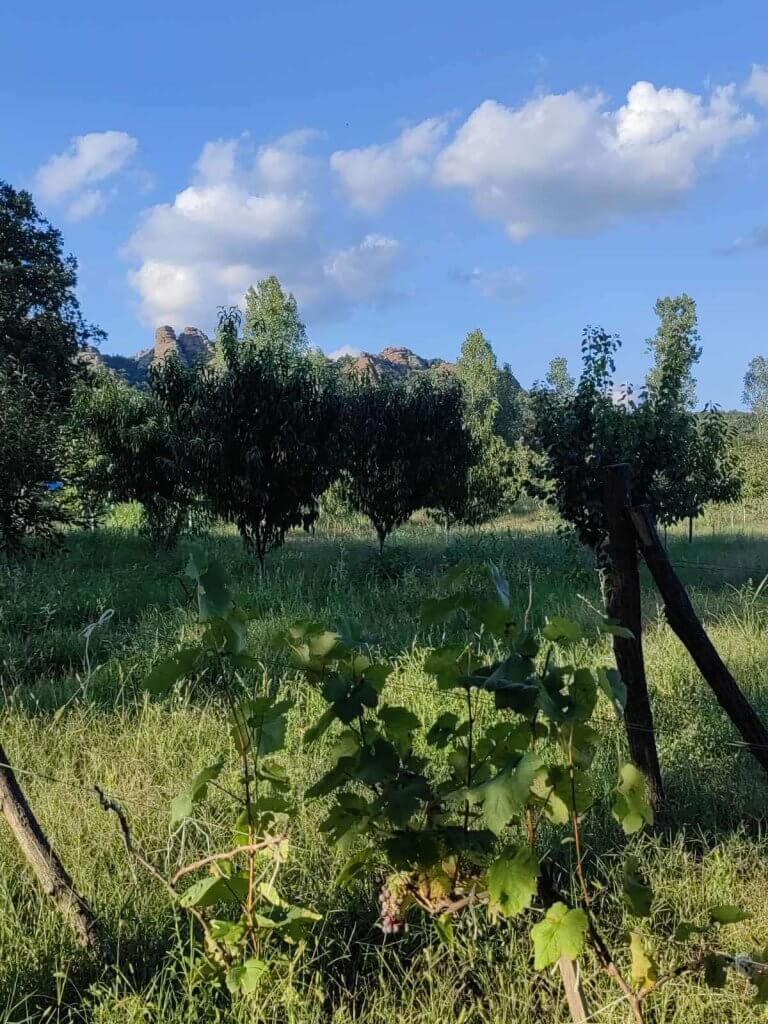
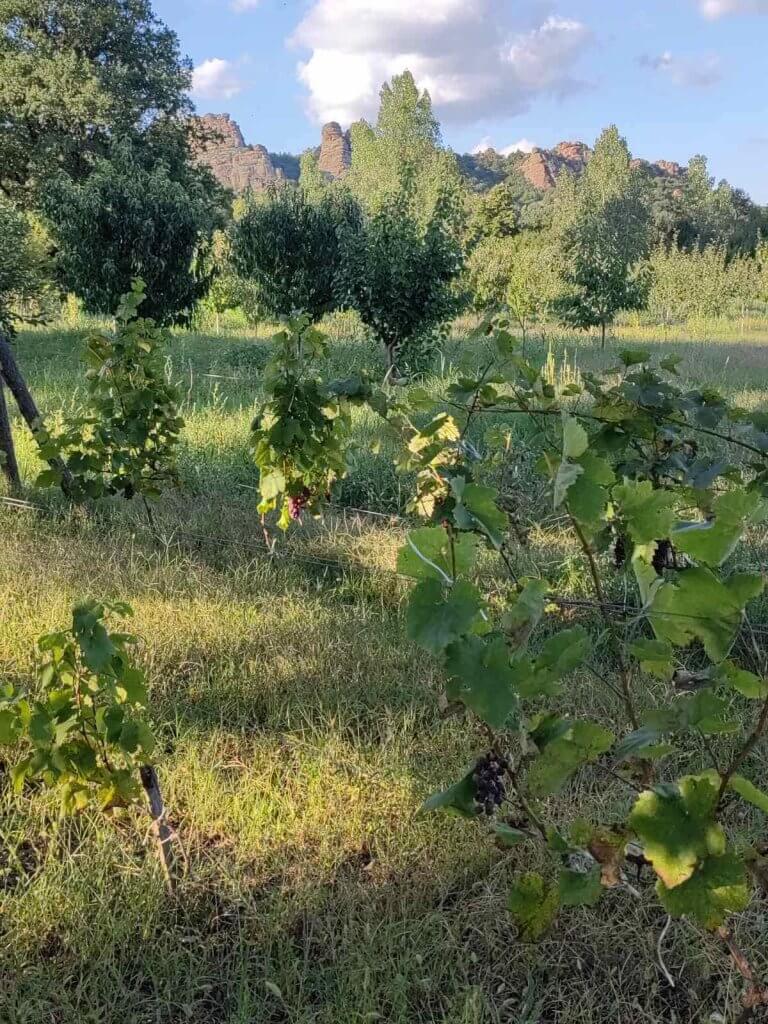
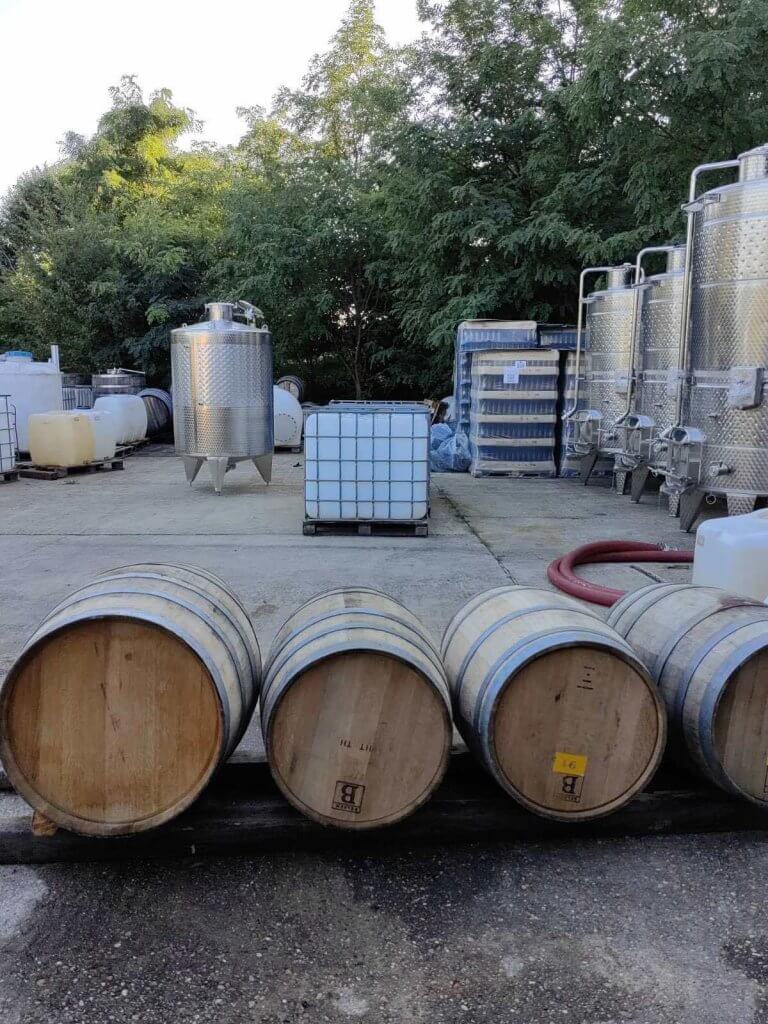

In September, it’s serious business for winemakers: harvesting the ripe grapes. It continues, depending on the variety (some varieties are early- others: late-ripening) through October, sometimes even reaching November, especially in hotter regions. Some winemakers even leave some of the bunches to raisinate in the vineyard to produce dessert or semi-dry wines. In December, winter begins again, the leaves fall, the vines rest until February, when the next cycle of the vine’s life begins.
Undoubtedly, the work of the vineyard is difficult, requires dedication, endurance and is not for everyone. The ultimate goal is to achieve a balance between land, vines and man and to create a wine that embodies that harmony. The play of nature’s elements is intense, full of unexpected situations, and we humans must find our place in it, creating wine with as little interference as possible.